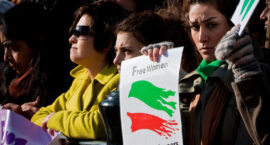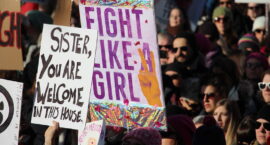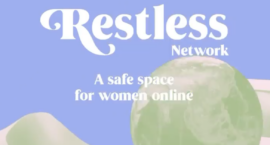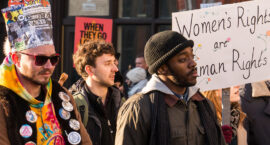Reports of violence against women and girls during the COVID-19 pandemic have increased around the world as many women and girls are locked down in their homes with their abusers, isolated from support networks and services.
The international community needs to take concrete actions to fund responses to combat violence against women and girls year-round—not just during an annual 16 day campaign.









